|
http://bit.ly/2EYJ7li
How to Plan a Social Media Collaboration http://bit.ly/2EYhb19
In this article, you’ll discover how to partner with another brand to promote products and services to your respective audiences. 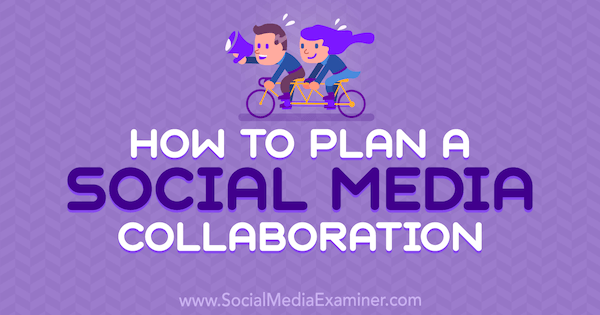
Why Run Joint Social Media Campaigns?The pace and competitiveness of social media marketing often narrow our focus to a cycle of making content and then pushing it through platforms of choice using the latest and greatest best practices. The potential return on building and serving an audience with this approach is significant. However, as we look for more ways to compete and more ways to engage, we should step back to evaluate the full breadth of assets we develop as social media marketers and look to leverage all of them in a unique way. Your social media audience and the content you create to engage them are more versatile marketing assets than you might realize. The audience you build isn’t only a pool of customers to target. The content you create isn’t simply a means to engage your audience. Think of your content as an access road to your audience. If that access road and audience are high quality, other brands will find value in the path you’ve created. You can use these assets to extend the impact of your marketing through partnerships, cross-promotions, and other off-social marketing activities to reach and deepen your impact with audiences new and old. 5 Types of Joint CampaignsThe heart of this approach to marketing is the classic idea of bartering. Your audience and your content have value, and you can trade that value to another brand to advance your strategic goals. That said, you must make these trades in a way that doesn’t compromise the integrity of your brand, or the trust you worked so hard to build between your brand and your audience. When a trade is done well, your audience should actually benefit. From a high-level perspective, these trades usually involve one of the following: Partnerships: You enter into an agreement (formal or informal) to jointly pursue an objective with another brand for the long-term. Along the way, you share rewards like revenue or leads. Collaboration: You join forces with another brand to work on a short-term project or campaign, and share the rewards. The popular practice of co-branding falls under this category, though the true scope can be deeper.
Cross-promotion: You and another brand agree to promote each other’s products and services to your respective audiences. Content placement: You and another brand agree to periodically share each other’s content with your respective audiences. Value-add: When making a deal with another brand or vendor, you use some level of access to your audience as a negotiating tool. All of these potential opportunities hinge upon respecting your audience. If one of these opportunities doesn’t bring value to your audience or compromises the trust they placed in you by supporting your brand, you’ll ultimately poison your own well. When successfully executed, however, your audience will celebrate your willingness to innovate and collaborate on their behalf. Examples of Successful Joint CampaignsSome of the most successful brands in the world use this strategy to unlock new opportunities for their businesses. To illustrate, Taco Bell partnered with Frito-Lay to produce the Doritos Locos Taco, which sold 450 million units and led to the hiring of 15,000 more people less than a year after its launch, according to Fast Company. Leading up to that success, though, were dozens of iterations where both Taco Bell and Frito-Lay insisted on developing a product that didn’t compromise the quality of their brands.
In other words, the Doritos taco still had to match the experience of eating Doritos. Simply slapping a logo on the packaging would have sabotaged the goals of the partnership for both parties, so they worked together to develop a stellar product experience that got both of their audiences excited. Campari Group, one of the world’s leaders in spirits with brands like Wild Turkey and Skyy Vodka under its umbrella, ran a campaign where the comic book character Deadpool took over managing the social media accounts for the tequila Espolòn in the runup to the release of the film Deadpool 2. Deadpool made posts, in character, to the Espolòn pages and was featured in a limited-edition Deadpool Espolòn box set. Dave Karraker, vice president of communications at Campari Group and one of the architects behind the campaign, told me that not only was the campaign designed to generate interest and engagement for Espolòn’s social media, but the product tie-in gave Espolòn access to premium display placement at stores across the United States. At the same time, the Deadpool brand managers were able to build interest in the new film.
Both of these examples show how different brands can come together to serve their audiences in new, beneficial ways. The relationships may be complex and take time to structure, but the joining of forces and the recognition that they’re targeting similar audiences but aren’t competitors are powerful. And their fans benefited just as much as the businesses, because these collaborations and partnerships meant new products and additional entertainment. Your brand, big or small, has access to similar opportunities. How to Develop a Brand-to-Brand RelationshipWhen you look at the landscape of brand-to-brand collaborations, the work between international businesses can make the scale of these marketing campaigns appear out of reach. Yes, the Deadpool collaboration with Espolòn was the joining of two brand titans, but partnerships don’t have to operate at this scale to be effective. Several small businesses are applying the same principles in myriad ways. The husband and wife team behind Inverted Gear, a Brazilian Jiu-Jitsu brand, uses collaboration with martial arts content creators and business owners to tap into new customer markets. Their diverse strategy includes co-branded apparel products worn by instructors and event organizers, such as a Greenland-themed kimono to celebrate their growing martial arts community. They co-developed content and videos with those instructors as well.
Through Inverted Gear, the martial artists get access to new audiences while Inverted Gear uses the relationships to deepen community ties. Many of the Inverted Gear relationships with instructors and athletes begin with basic sponsorships and grow into content sharing, product co-branding, and more involved collaborations like documentaries. Collaborations can also start out as classic social media marketing initiatives. The PT Services Group, a B2B appointment-setting firm based in Pittsburgh, used thought leadership content developed for industry publications to build new industry relationships. What started as a guest blogging-style relationship grew into industry event invitations and offers for speaking gigs from those publications, all of which were major wins for the PT sales pipeline. Experience 3 days with the best social marketers. Discover the latest tactics and improve your marketing know-how! The lesson small businesses should take from these efforts is to start small, and organically explore more opportunities for your brand to share and work with another brand. The roadmap for your brand might look something like this:
Explain that you’re looking for more ways to provide your audience great, engaging content and you think your brands might be able to work together to do that for each other. Be candid about your brand goals and challenges, and ask them to be candid about theirs. Start slowly with a few shared posts and perhaps small pieces of co-developed content. When that content demonstrates traction, suggest that you look for bigger opportunities to work together such as a co-hosted webinar or event, or an exclusive promotion shared with each other’s audiences. Hold a strategy session to discuss what your brands might be able to do jointly to establish a new competitive advantage in the space. At this stage, it may be worthwhile to establish a formal revenue-sharing agreement of some kind. Deploy a co-created product or service into the market, or build a big-picture strategic partnership that allows you to share customers and opportunities over the long-term. What might start as a sponsorship can evolve into regularly sharing each other’s content, which can morph into a co-hosted webinar and eventually into products and services that involve revenue sharing (for instance). At any scale, however, each brand is still bringing something of value to the table, which is usually a mix of content and audience engagement. How to Plan a Joint Social Media CampaignLike the rest of your social media marketing strategy, audience bartering should be approached with thoughtful creativity. Not every idea is a good one, and not every potential alliance is a good fit for your brand and your audience. Though the deeper science of branding and brand management are relevant here, we can distill this large topic down into a few key best practices:
Look for Potential Collaborators Who Serve Your Audience but Aren’t Competitors: To illustrate, Taco Bell and Frito-Lay likely served a similar demographic within the broader food industry, but Taco Bell wasn’t competing with Frito-Lay for shelf space. The audience fit may not always be perfect, especially if you’re looking to break into a new demographic, but some degree of overlap is a good sign. Never Compromise Audience Trust: When you begin vetting a potential collaborating brand, look for the value it brings to your audience and make sure that the other brand reflects positively on your own. If a potential partner has a reputation for unsavory business practices, your audience won’t think highly of you for working with them. The Benefits of Collaboration Should Go Both Ways: When the balance of a relationship is skewed, perhaps by one brand getting far more from the deal than the other, the enthusiasm and interest in the engagement can suffer. Look for brands on a similar playing field in terms of size and reach, and develop plans that are a clear win-win. Put Your Collaboration Plans in Writing and Set Clear Expectations: Coffee-shop handshakes can feel good at the moment, but laying out a detailed version of which party is responsible for what can prevent disagreements later. Depending on your brand, you might look to make this a formal legal document. View Your Brand Through NASCAR Glasses: In other words, any blank piece of real estate is room for a potential sponsorship logo. While I don’t recommend actually going to that extreme, you might realize that your weekly YouTube video series is a great fit for the right product placement or that your annual client golfing event could be co-branded. Red Bull has used eSports to engage Twitch streamers, eSports fans, and a range of PC brands (such as hardware and peripherals).
Look for Conversation-Worthy Projects: The best campaigns—and this will be second nature for social media marketers—elicit a response in audiences. If you get excited talking about a potential collaboration, your fans might feel the same way. If the idea seems uninspiring to you, your fans are likely to agree. Here, BuzzFeed partnered with the Best Friends Animal Society to promote super-cute animal content and the worthy cause of helping furry friends.
Savvy marketers will see this list as mostly common sense, but it’s important to articulate and review these points. Even if we understand these ideas intuitively, our teammates might not, and the true stewards of the brand (our clients or senior management), might need to see these guidelines clearly laid out to be comfortable with this approach to marketing. When you make this facet of your marketing process-driven, you can prevent many fires before they even spark. ConclusionWhen you begin to barter for marketing opportunities, treat the dynamic as a new relationship. Start small and grow the collaboration steadily to build comfort between your brands and your respective marketing teams. Instead of beginning the relationship with a mega-partnership where you jointly develop a new product offering, you might start by supporting each other’s events and sharing each other’s content. This approach is less stressful for all involved, but more importantly, it helps you test and assess your audience’s reaction to the collaboration. If your audience is entirely uninterested in content from your new collaborator—especially if your social media following has an established history of engagement—that might be a sign that you should look for other brands to work with. If the reaction is positive, you can water those seeds and grow the collaboration into bigger campaigns. Though there’s potential on this front to make a big splash with limited-run campaigns, the biggest rewards are often the result of careful development over many months and possibly years. Joining forces with an industry publication to educate readers is unlikely to instantly transform your business. One published article is rarely that intensely remarkable, but if you work with that publication to consistently create and share original, worthwhile content over a full year, your audiences will take notice. And they’ll take more notice if you deploy your other social media marketing best practices by following up engagement with comment activity and audience replies. In the broadest marketing terms, bartered marketing is another expression of brand community. Communities thrive when leaders work together to build bigger things than they could ever build alone, but a small initiative can begin someplace small and still be meaningful. The key word here is leader. You have to be willing to step to the front of the pack and initiate a dialogue with potential partners. Though the practice of bartered marketing isn’t new, many marketers are unwilling to leave their properties to begin something new and fresh with someone else. So take the time to nurture your brand and to nurture the new relationships your brand can build. From here, circle up with your team and develop an inventory of brand assets. Next, generate a list of brands in your space that might make worthwhile partners. Where do you see potential synergy? Send their marketing team a note that says you love their work and you have this idea about how you might be able to help each other. Something magical might happen after that. What do you think? Does this inspire you to collaborate with another brand? What tips can you offer? Share your thoughts in the comments below. There are 17 tracks of content available to you at Social Media Marketing World. Don't miss this event! 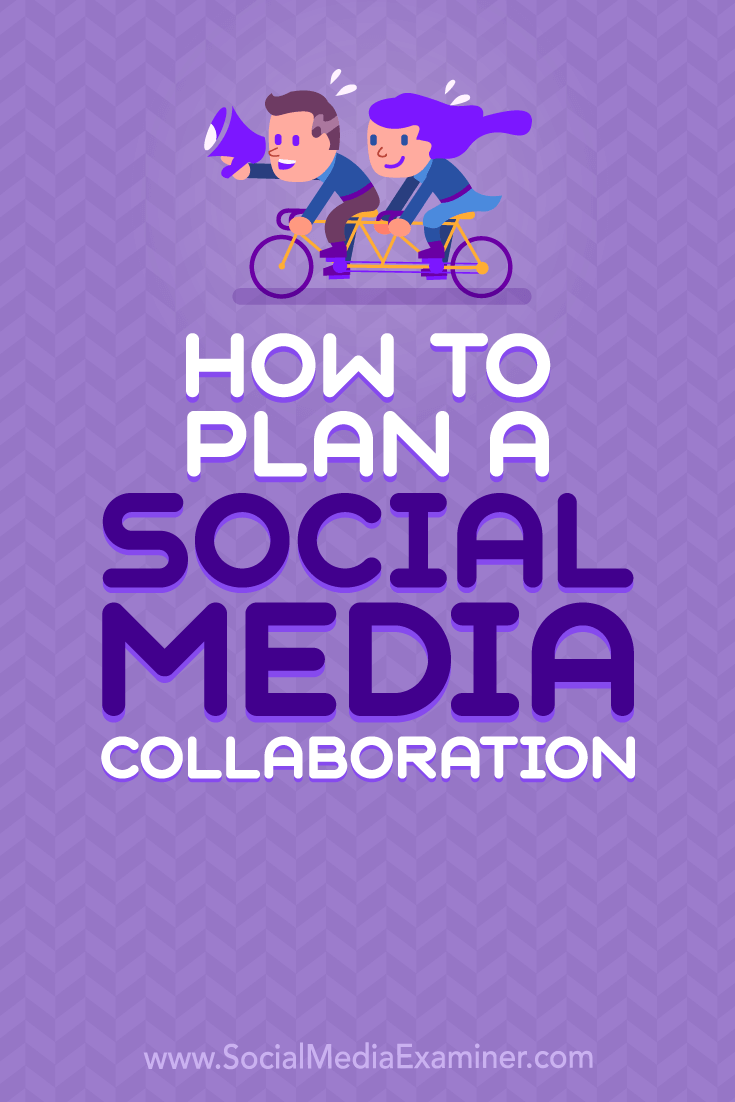
Social Media via Social Media Marketing | Social Media Examiner http://bit.ly/1LtH18p December 31, 2018 at 05:05AM
0 Comments
Leave a Reply. |
�
Amazing WeightLossCategories
All
Archives
November 2020
|


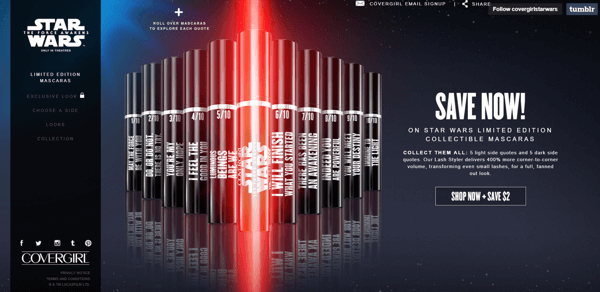
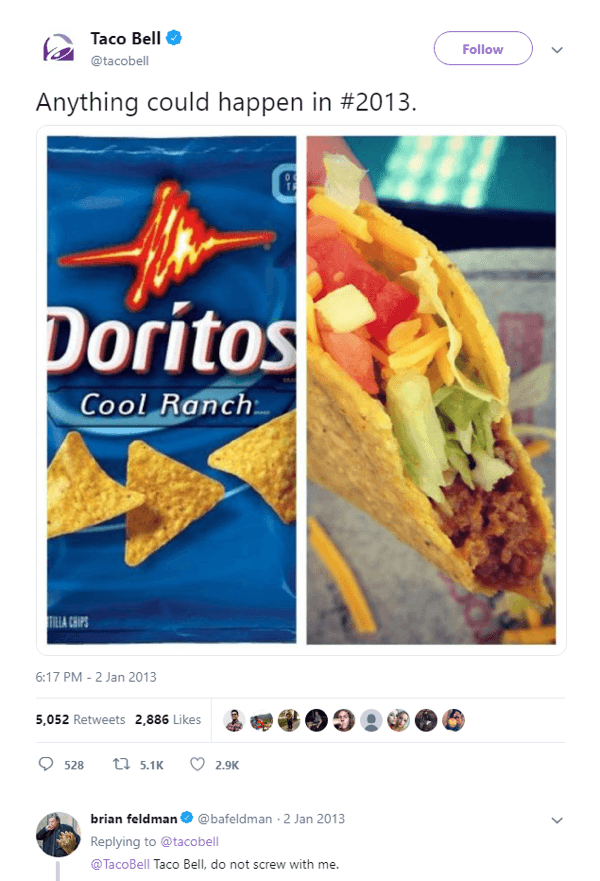
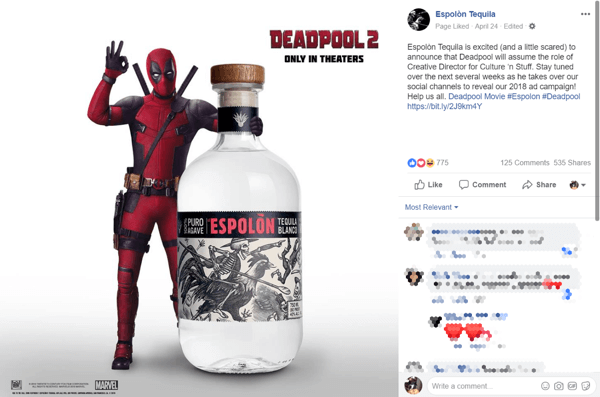
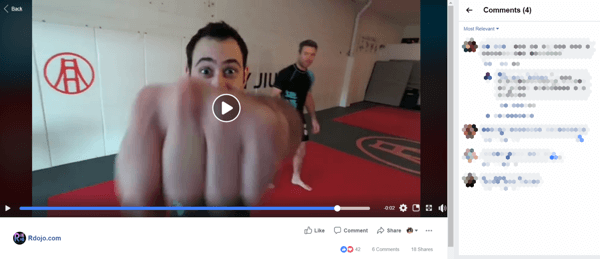
 Reach out to a relevant brand in your space and schedule a meeting with their marketing team to discuss how you might be able to help each other.
Reach out to a relevant brand in your space and schedule a meeting with their marketing team to discuss how you might be able to help each other. Understand the Value of Your Engaged Audience: While you can look at standard rates for CPMs relative to your audience size for an idea of the market value of your audience, don’t forget that the endorsement from your brand (even if it’s passive) has value, and remember that you’re better off overvaluing your audience instead of undervaluing it.
Understand the Value of Your Engaged Audience: While you can look at standard rates for CPMs relative to your audience size for an idea of the market value of your audience, don’t forget that the endorsement from your brand (even if it’s passive) has value, and remember that you’re better off overvaluing your audience instead of undervaluing it.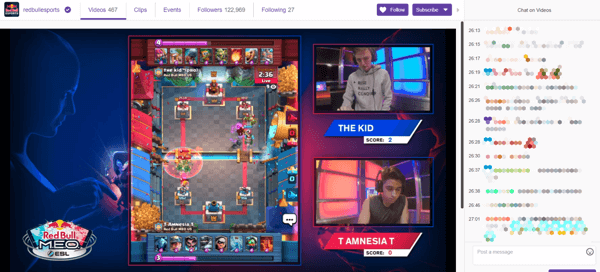
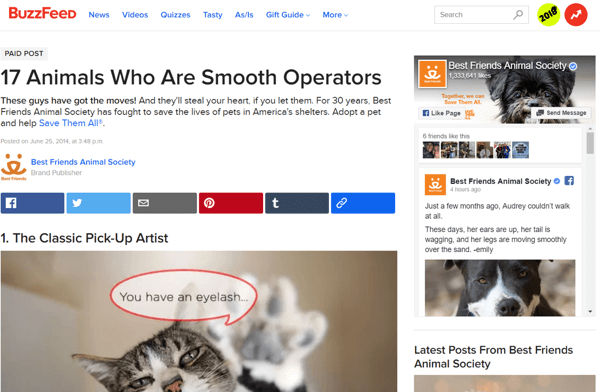

 RSS Feed
RSS Feed
